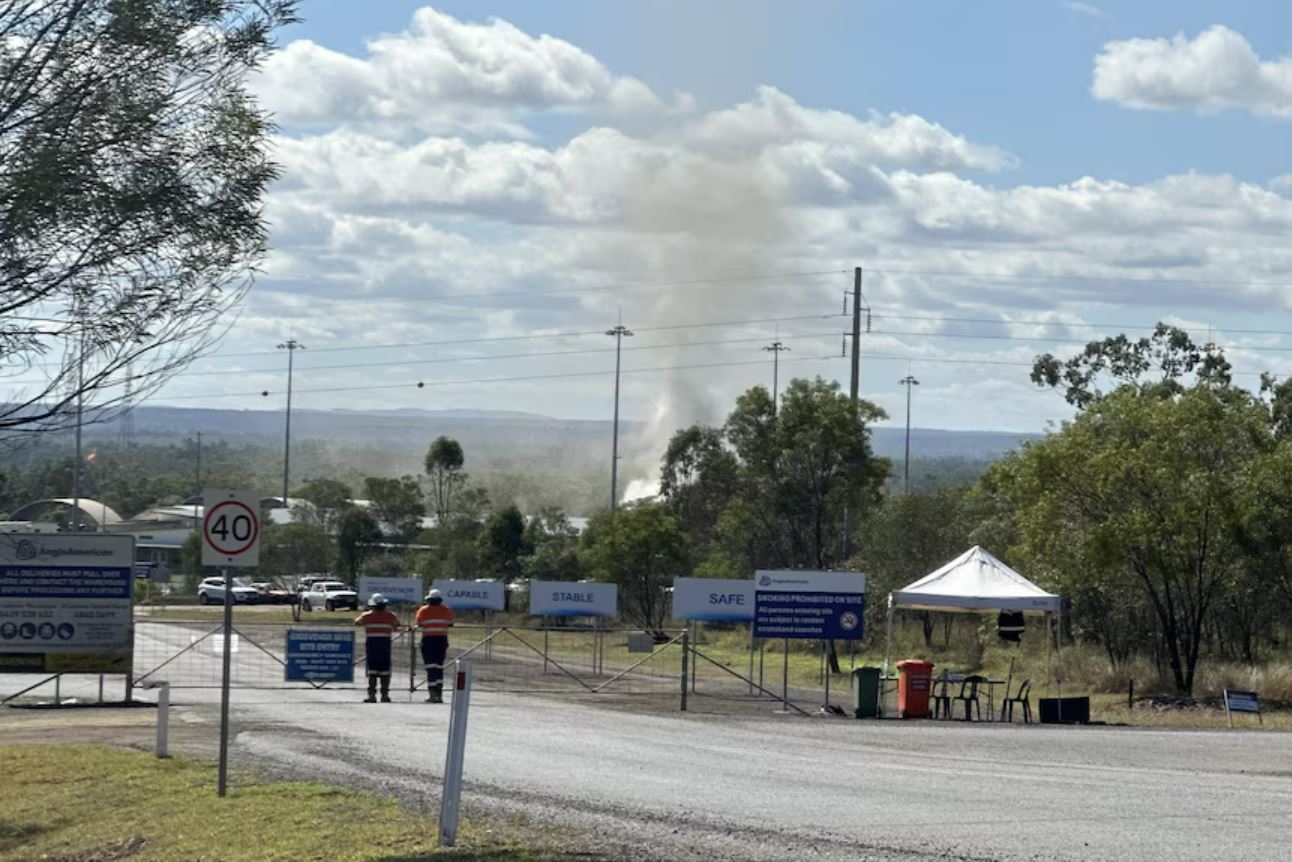Anglo American Faces Critical Decisions Ahead of BHP’s Acquisition Bid
As Anglo American prepares to release its third-quarter production results next week, the 107-year-old mining company will be evaluated not just on its asset performance.
Next Thursday will mark six months since BHP initiated its takeover bid, compelling the struggling London-listed miner to respond with a comprehensive restructuring strategy to defend its position against the world’s largest mining firm.
Anglo American’s CEO, Duncan Wanblad, announced in May his commitment to divest or spin off its platinum and metallurgical coal segments in South Africa, along with De Beers, its prestigious diamond division, by the end of next year. This strategy aims to concentrate the company on copper and iron ore.
After rejecting BHP’s £39 billion bid, Wanblad, age 56, finds himself juggling the urgency of time constraints with the necessity of maximizing asset valuations, in a bid to convince shareholders of his ability to elevate the company’s market rating.
“In these situations, it’s critical to avoid imposing strict deadlines, as potential buyers could exploit that to negotiate lower prices,” remarked a significant shareholder.

A recent fire at the Grosvenor coal mine in Queensland, which has led to a temporary halt in operations, poses an immediate challenge. With final bids approaching, Anglo plans to finalize the sale of this division by year-end, marking a crucial step in its restructuring efforts.
In July, Wanblad acknowledged the fire’s likely negative impact on the sale price of the metallurgical coal segment, which analysts at Jefferies estimate contributes approximately 30% of the met coal operations, previously valued at $4.5 billion.
Anglo aims to demerge its Amplats (Anglo American Platinum) unit, which is listed on the Johannesburg Stock Exchange, by mid-next year. The company has already reduced its stake in Amplats by 5% through share placements last month.
However, the divestment or IPO of De Beers presents a considerable hurdle due to the downturn in the luxury market and the growing competition from lab-grown diamonds, which has led to price drops.
George Cheveley, a portfolio manager at Ninety One, noted that uncertainty regarding a market recovery is a significant concern alongside declining diamond prices. “The book value for diamonds is considerably high, and it’s uncertain whether investors will achieve that in actual sales,” he commented. By the end of last year, the diamond division had a valuation of $7.6 billion, even after a $1.6 billion writedown.
Ensuring the company is left with a streamlined business poised for growth is as crucial as the sale prices achieved. Cheveley emphasized, “They are evidently motivated to sell and refine their asset portfolio, which is the right approach. Holding onto assets in hopes of better pricing typically does not yield favorable results.”
Moreover, a recent visit by BHP’s CEO, Mike Henry, to engage with investors in South Africa, including the Public Investment Corporation, the second-largest shareholder in Anglo American, has sparked speculation about a renewed bid once the six-month period of exclusivity concludes at the end of next month. BHP opted not to comment on these discussions.
Anglo American’s shares have risen 21% since the start of the year, outperforming rivals such as Rio Tinto, Glencore, and BHP.

Some market analysts and investors believe that it’s improbable BHP will renew its interest until more groundwork has been laid to separate the less favorable aspects of Anglo’s operations.
If BHP is looking to re-engage, they have time to observe how Anglo’s restructuring unfolds,” the shareholder commented.
Nonetheless, this strategy also risks increasing Anglo’s share value as the restructuring moves forward, which could attract more interested bidders.
Anglo American currently finds itself in a precarious position following several missteps, particularly when it cut its copper production forecast last December, leading to a 20% drop in share value.
Both analysts and investors agree that Anglo cannot afford further operational miscalculation.
Cheveley summarized the situation, noting, “The risk here is that the restructuring process distracts management from focusing on the core assets that generate significant cash flow.”




Post Comment